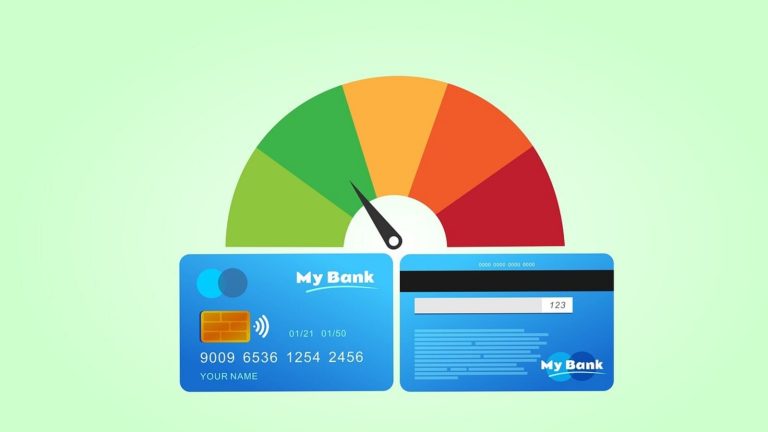Armed with a strong credit score and a little persuasion, Ram returned to his bank and convinced them to lower his interest rate to 8.5%. That 50-basis-point drop may sound small, but it translated into savings of ₹25 lakh on his ₹1 crore loan over 25 years.
Though Ram’s example is illustrative, the approach is grounded in reality—many borrowers successfully negotiate lower interest rates after their credit scores improve.
In this article, we’ll walk you through how banks calculate interest rates and how you can make sure you’re getting the most favourable terms possible.
How do banks come up with interest rates?
Banks consider three key factors when deciding how much interest to charge on a loan.
The first is the repo rate—the rate at which the Reserve Bank of India (RBI) lends money to commercial banks. Since this rate is controlled by the RBI, banks are required to revise their lending rates in response to any changes. As of now, the repo rate stands at 6.25%.
The second factor is the markup or spread, which is essentially the bank’s profit margin. For instance, if the bank applies a 2.75% markup on top of the 6.25% repo rate, the effective home loan interest rate becomes 9%.
The third factor is the borrower’s creditworthiness. If banks are confident that a borrower is low-risk—typically indicated by a high credit score—they’re often willing to reduce their profit margin.
For example, instead of charging the full 9%, a borrower with a CIBIL score of 800 or above might receive a discount of 80 basis points, bringing the effective interest rate down to 8.20%.
“Credit score is one of the major factors in risk-based pricing. In addition to the above, other factors are the profile of the customer and the type of property being purchased,” said an official from IIFL Housing Finance.
Also read: Credit score vs credit report: What’s the difference and why they matter
Jagadeesh Mohan, founder of EMISaver.com, a startup that helps people plan and save money on loans, said if the borrower takes a property liability insurance, the banks are willing to further reduce the interest by 5 basis points, although such insurance is slightly expensive.
Credit journey begins
For most people, their credit journey begins with a credit card or a small-ticket loan—like a two-wheeler loan. After a year or two of timely repayments and maintaining credit utilisation under 30%, their CIBIL score often crosses 750. But reaching 800 and beyond typically requires handling a larger loan, such as a home loan, responsibly.
That’s why many first-time borrowers may not qualify for the best interest rates upfront. But over time, as they build a repayment track record, their credit score improves. Even those with poor credit histories can see their scores rise significantly after a few years of disciplined EMI payments.
Most banks don’t openly publish how much interest they’ll charge for each credit score bracket. However, they internally track this data and revise it often. For example, Punjab National Bank currently offers the following rates for home loans up to 10 years:
- 8.15% for scores above 800
- 8.30% for scores between 750–799
- 8.75% for scores between 700–749
- 9.85% for scores between 600–699
When your credit score improves, it’s worth approaching your bank to request a revision in your home loan interest rate.
If the bank manager declines this request, the borrower can opt for a balance transfer. A balance transfer allows the borrower to transfer the balance to a new bank. Borrowers typically use this facility when they get lower interest in the other banks although it incurs some costs.
“If post disbursal the credit score increases then there is always an option of balance transfer to another lender at lower rate or alternatively you can raise a request with current lender to reduce the rate on payment of applicable switch fees,” said an official from IIFL Home Finance.
If the banks don’t budge on reducing the interest rates, Mohan from EMIsaver.com recommends getting an in-principal approval from another bank at a lower interest rate and showing the documents to the present bank where they have the loan.
“Banks don’t want to lose customers, especially when the borrower’s credit score is above 800,” said Vinay Uppin of Emisaver.com. “Banking typically refrains from touching their top customers because they are the least risky ones.”
Also read: Govt to roll out credit rating for rural borrowers in six months
What should you do?
There can be three scenarios that can come up for borrowers. If they already have an excellent credit score (more than 800) before taking a home loan, they’ll get attractive rates from the start itself.
However, for many people, it might be the first time that they’re borrowing and hence, have not build up their credit score. Or they might have defaulted or delayed payments in the past and has a bad credit score.
In either of the latter cases—whether you started with a low credit score or no credit history at all—your score will likely improve after a few months or years of timely EMI payments. But most borrowers either don’t track this change or fail to act on it, missing the chance to renegotiate their loan terms.
If your credit score has improved since taking the loan, a reduced interest rate can lead to significant savings over the loan tenure. Consider consulting a loan advisor—they often charge a fee, but the long-term savings can far outweigh the cost.


